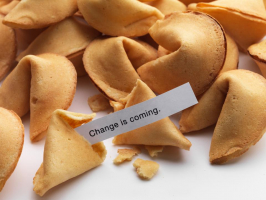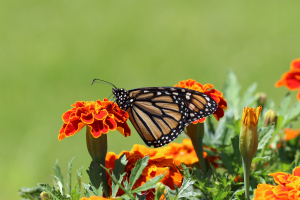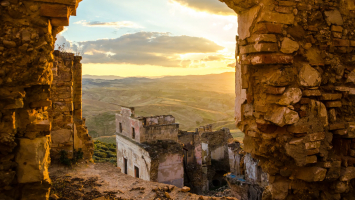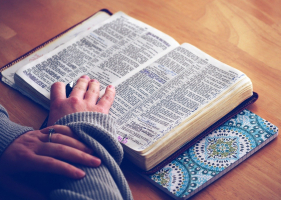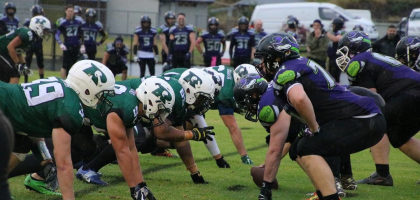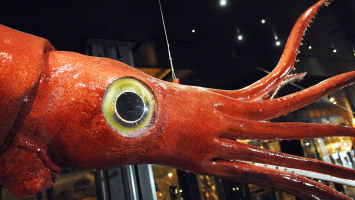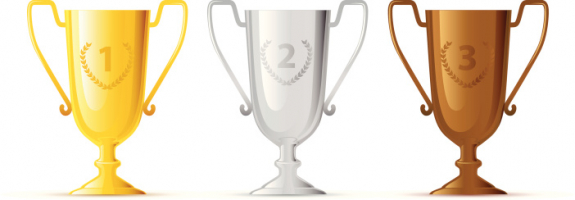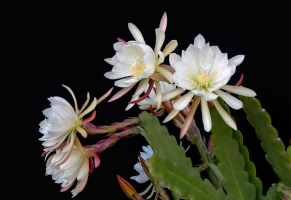Top 10 Gifts That Have Been Given Between Countries
The newly constructed warship America, which was constructed at Portsmouth during the Revolutionary War, was one of the first presents the United States gave ... read more...to another country. Congress handed the ship to France in order to replace one that had been grounded and since the United States no longer had a navy after the war. However, it provided a practical way to thank the King of France for his assistance throughout the war. For a variety of reasons, this tradition endures. Here are ten prime instances of international gifts.
-
The $100 million Estadio Nacional in Costa Rica wasn't merely purchased by China. The ultra-modern 35,000-seat soccer stadium, which opened in 2011, received the majority of the steel and other components used in its construction from it as well as the laborers who built it. Although it was supposed to be a gift from China to Costa Rica, there was more than a hint of a tradeoff in terms of its finance and construction.
When President Oscar Arias of Costa Rica visited Asia in October 2007, he made a number of agreements, including the one to finance and construct the stadium. Along with it, Costa Rica cut off diplomatic ties with Taiwan. In exchange, China gave Costa Rica a brand-new, cutting-edge football stadium as a gift.
A free trade deal was signed between China and Costa Rica after the stadium's opening in March 2011; this agreement was reached in 2007. So, despite the stadium being referred to as a gift from one country to another, some people have a critical viewpoint. Whichever the case, Costa Rica was given a venue that has since hosted sporting events, concerts, and concerts, including the opening show of the British band Coldplay's 2022 Music of the Spheres World Tour.
https://costarica.org/ 
https://costarica.org/ -
A 127-foot steel tower rises in Arlington, Virginia, not far from the George Washington Parkway and within sight of the Marine Corps War Memorial and Arlington National Cemetery. Bells in the tower chime once every fifteen minutes. Visitors are attracted to the Netherlands Carillon by its music, which offers guest artist concerts during the summer. It is a grand carillon with 53 bells that were all made in Holland. Before being shipped for installation, the hand-cast and -crafted bells were inscribed with poetry and carved with symbols. The etchings represent Dutch art and culture.
United Kingdom In appreciation for America's assistance to liberate the Dutch people from the Nazis during World War II, the Dutch people gave the United States Carillon as a gift. The gift is more than just a bell tower because it is surrounded by floral gardens, which in the spring naturally feature tulips. It is a musical instrument that may be rented for both public and exclusive events. It must be maintained on a regular basis, including the keyboard and bells that are used to play them as an instrument.
The carillon, which had 49 bells when it was first consecrated on May 5, 1960, has since been extended, first to 50 bells in 1995 and then to 53 in 2021. The steel tower was renovated in the twenty-first century while all the bells were taken down and sent back to the Netherlands for repair. The Netherlands-America Foundation provided funding for the refurbishment and continues to do so. The Netherlands Carillon, a gift that is frequently visited, seen, and heard, serves as a sign of Dutch gratitude and of friendship between the peoples of the Netherlands and the United States.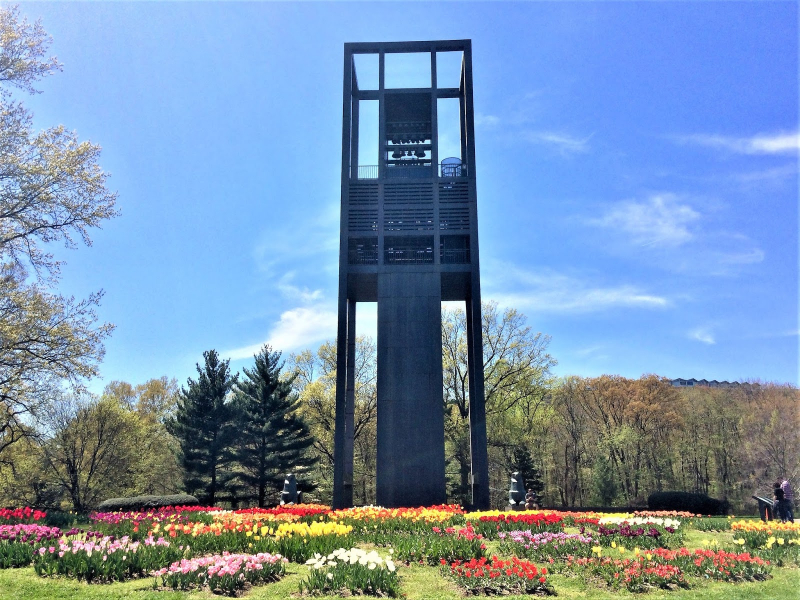
https://northernvirginiamag.com/ 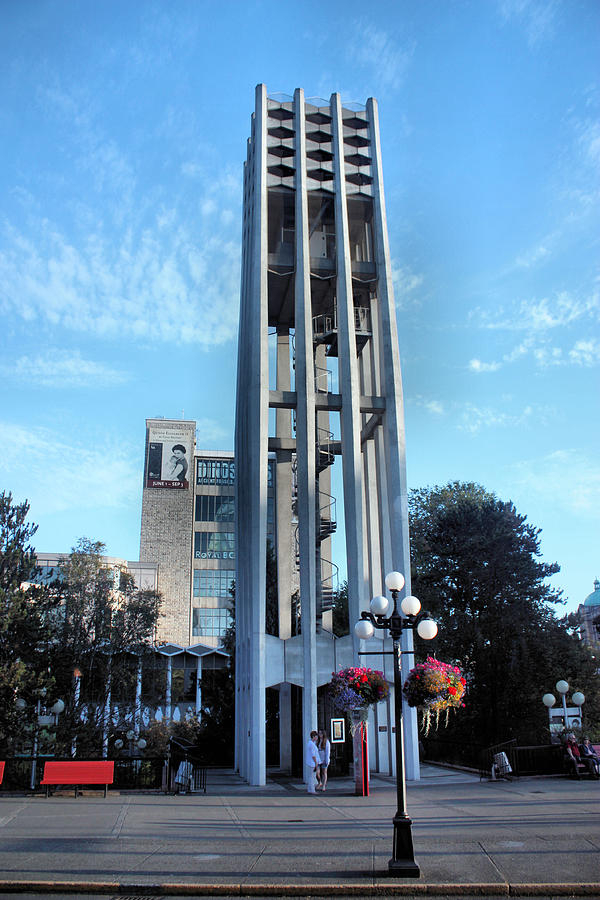
https://fineartamerica.com -
Chess was the Soviet Union's national game, and many of its independent countries still play it today. Richard Nixon ordered a special chess set to be given to Soviet Premier Brezhnev as a gift from the people of the United States to the people of the Soviet Union before his visit to that country in 1972. The playing pieces for the set were modeled after tapestries from the 14th century called The Nine Heroes, which included figures from the Arthurian tale.
The customized set's board was three feet by three feet. The black walnut and North American curly maple used to make the dark squares were both harvested from Buck County, Pennsylvania. The objects were roughly 7 inches tall, made of porcelain, and gilded with priceless metals. The pieces' and their component parts' designs were created by the Trenton, New Jersey-based Cybis Porcelain studio. "To the People of the Union of Soviet Socialist Republics From President and Mrs. Richard Nixon and the People of the United States of America, May 1972," was written on the case of the set.
Later, when Brezhnev visited the United States, Nixon met with him at Camp David and presented him with a much more thoughtful gift: a brand-new Lincoln Continental that Ford Motor Company had donated. Nixon sat in the passenger seat while the ebullient Brezhnev immediately took off in the automobile, reaching speeds of up to 60 mph on the narrow roads of the Catoctin Mountains. When the impromptu tour came to a conclusion, Nixon said, "That was something.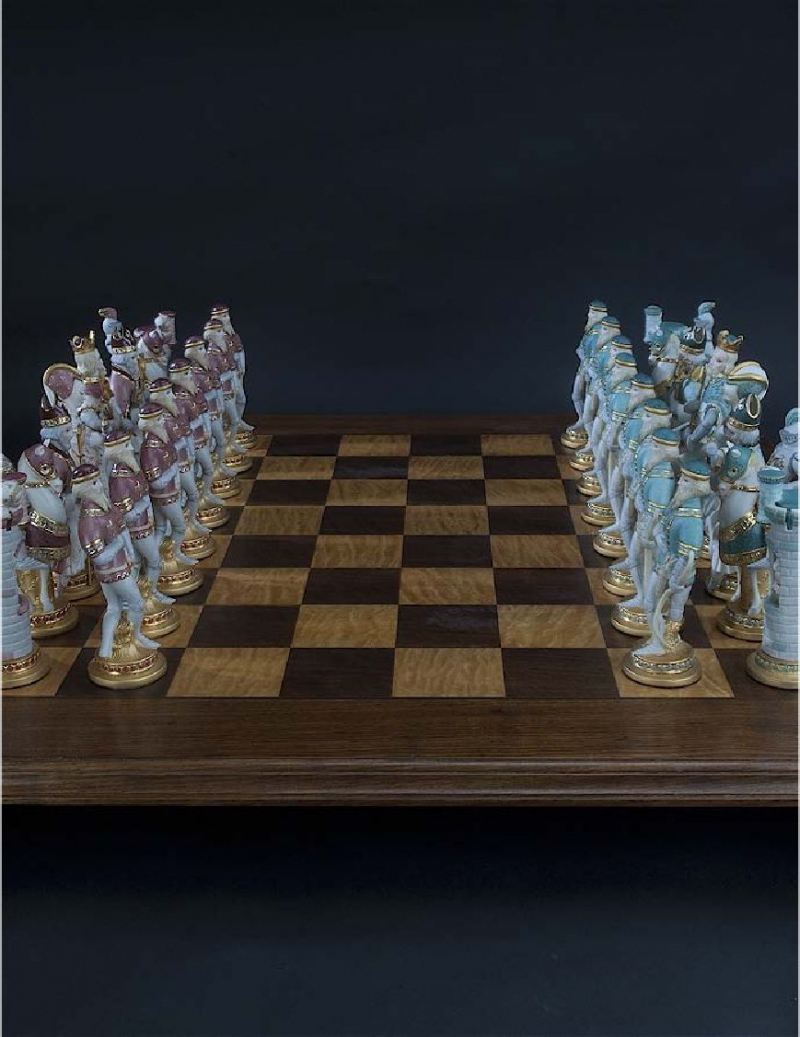
https://www.pinterest.com 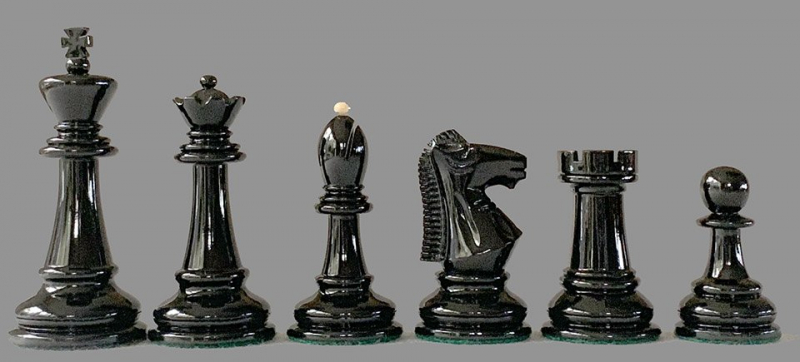
https://chessantiques.com -
The 1972 trip to China by President Nixon was a momentous occasion in 20th-century history. In essence, it marked a new phase in China's opening to the west. Numerous cultural exchanges were established during his visit or announced for the future. Mr. and Mrs. Nixon and Chairman Mao and his wife exchanged individual gifts. China gave the United States two Giant Pandas, the first ever to live in the country, as one national-level gift. The Smithsonian Institution's National Zoo in Washington, D.C., was where the gift was kept.
Two native American musk oxen were sent to the Chinese as a gift in exchange, although it's unlikely that they would have caused the same stir in China as the pandas did in the United States. They immediately surpassed all other exhibits at the National Zoo in popularity. It was anticipated that the pandas, Ling-Ling, and Hsing-Hsing would breed. President Nixon expressed skepticism about their knowledge of what to do when they took their time. They did because, when they were all together, they gave birth to five cubs, though none lived more than a few days.
In 1992, Ling-Ling passed away; in 1999, Hsing-Hsing. Over a year later, replacement pandas from China came. Following Pat Nixon's remark to Chou En-Lai that she liked the species, the Smithsonian and its affiliates gave Chou En-Lai two Giant Pandas, which started a collaboration between Chinese researchers and scientists and those of the Smithsonian that has lasted for the past 50 years in the study of animals and the preservation of numerous indigenous species to both China and the United States.
https://www.giantpandaglobal.com 
https://comsnap.verilog.ru/ -
When the Germans invaded and took control of the Netherlands in 1940, Dutch Princess Juliana and her two children fled the nation. This was during the Second World War. Her third child was born in Ottawa when she immigrated to Canada. For the remainder of the war, she stayed in Canada. During the war, a number of other notable Dutch citizens and aristocracy found refuge in exile in Canada, where they were welcomed and treated with kindness by the government and Canadians.
As a token of goodwill and thanks, the Dutch have given thousands of tulip bulbs to Canada since 1945. The precise amount of bulbs that are shipped from the Netherlands to Canada each year is difficult to estimate, but the Dutch Royal Family and the Dutch people annually send thousands—up to 20,000—of bulbs, which are then planted in beds near Ottawa.
Tulips represent more than just a yearly token of gratitude for Canadian hospitality. Additionally, they represent the costs paid by Canadian soldiers during the liberation of Belgium and the Netherlands in 1944 and 1945. Every spring, Canadians and their guests enjoy the tulips, a Dutch symbol signifying the long-standing friendship between the Netherlands and Canada.
https://www.walmart.ca/ 
http://www.colorblends.com/ -
One of the biggest and most significant battles in human history was the Battle of Stalingrad. The victorious Red Army lost roughly 500,000 soldiers, while the entire German army was decimated with 750,000 losses. It put a halt to German offensive operations on the Eastern Front and marked a sea change in the conflict. Winston Churchill proposed the British prepare a gift for the Soviet people in 1943 as he got ready to attend the Tehran Conference with President Roosevelt and Soviet Premier Stalin. This was done to recognize the Soviet people's success and their immense suffering up until that point in the war.
The Wilkinson Weapon Company was given a special order by King George VI to create the Sword of Stalingrad, a distinctive commemorative sword. The hilt of the sword was bound with 18 karat gold. Silver served as the crossguard, while the pommel was fashioned of crystal. The words "To the steel-hearted citizen of Stalingrad - the Gift of King George VI - in mark of homage of the British people" were inscribed down each side of its blade, which was made of the best Sheffield steel. Churchill's party transported the two-handed sword to Tehran in November 1943.
During a conference break, Churchill gave Stalin the Sword of Stalingrad in front of Roosevelt, who approved of its message and significance. Stalin recognized it as a gift between allies during the war, but he also used the summit to press for more Lend-Lease funding and the opening of a second front in Europe right once. The sword, a Soviet gift from Britain, was abandoned in a museum in Volgograd by the turn of the twenty-first century. It visited Britain three times during the post-war years for tours before being sent back to the Soviet Union and relative obscurity.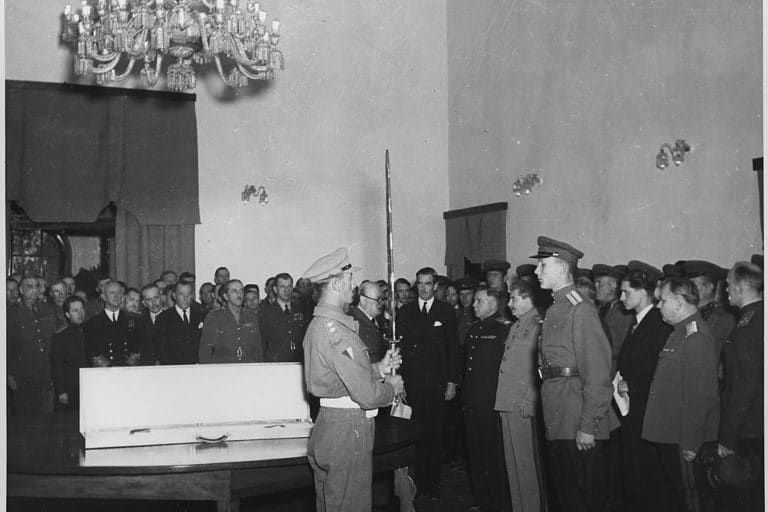
https://www.toptenz.net/ 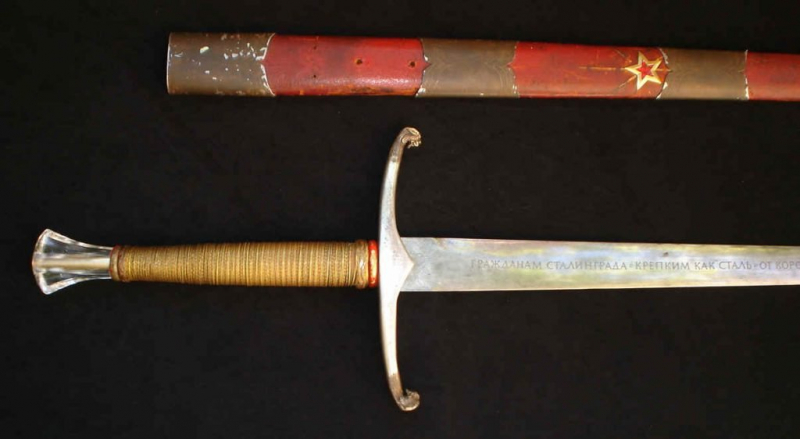
https://russianswords.com/ -
Contrary to popular belief, Japan did not give Washington its famous cherry trees as a gift. Early efforts to establish cherry trees in the nation's capital included tests with various Japanese kinds to see how hardy they were to the local climate. Dr. Jokichi Takemine, the scientist who developed adrenaline, visited Washington during this time in the company of the Japanese Consul in New York. Yukio Ozaki, the mayor of Tokyo, was convinced to gift the trees to the United States when Takemine proposed that Japan donate several thousand trees. The Consul consented.
When the first shipment of 2,000 trees arrived in Washington in 1910, it was discovered that they were plagued with a bug that may be dangerous because it was an invasive species. President William Howard Taft gave the order to gather the trees and burn them. The choice was made to send a second cargo of carefully cultivated and pre-screened trees after Japan received an apology from the United States. Over 3,000 trees came in that shipment in 1912. The first two trees were formally planted in March 1912, and the remaining trees were planted around Washington over the next eight years.
In 1915, President Taft gave flowering dogwood trees to the Japanese as a token of his appreciation. Grafts from the trees in Washington were shipped to Japan after World War II to aid in repairing the groves from whence they had originally been, which had been severely damaged. In 1965, Japan sent a second donation of 3,800 trees to help Lady Bird Johnson's initiative to spruce up the nation's capital. The Japanese cherry trees in Washington represent a number of gifts that have been exchanged between the two countries and still exist today.
https://www.pinevalleytreeservices.ca/ 
https://www.treehugger.com -
A Royal Navy barque named HMS Resolute participated in the 1852–1854 Belcher Expedition, which was an effort by the Royal Navy to learn what had become of the tragic Franklin Expedition. In 1854, the crew of the Resolute abandoned the ice-bound ship. The abandoned ship was discovered by an American whaler, who returned it to New London. As a gift of friendship between the United States and Great Britain, the US Congress paid for the ship's restoration after purchasing it as salvage and instructing the US Navy to sail it to England. Before being sold to scrappers for destruction, the ship served the Royal Navy for more than 20 years.
The oak frames from Resolute were to be used to construct three desks. The United States received one of them from Queen Victoria in the form of President Rutherford B. Hayes, in a style known as a partner's desk. In 1880, Hayes acquired ownership of the desk. The third desk was given to Henry Grinnell's widow in recognition of his attempts to ascertain the fate of the Franklin Expedition, while Her Majesty maintained the other desk that is still part of the Royal Collection. The Massachusetts New Bedford Whaling Museum presently houses that desk.
Due to the numerous pictures of the Kennedy children playing nearby while their father worked at the desk, Johnson ordered its removal. The Kennedy library traveling expedition borrowed the desk from him, and it was later on shown at the Smithsonian. It was returned to the White House by Jimmy Carter. The Resolute desk thus symbolizes two gifts given by different countries, and a plaque affixed to the desk notes this.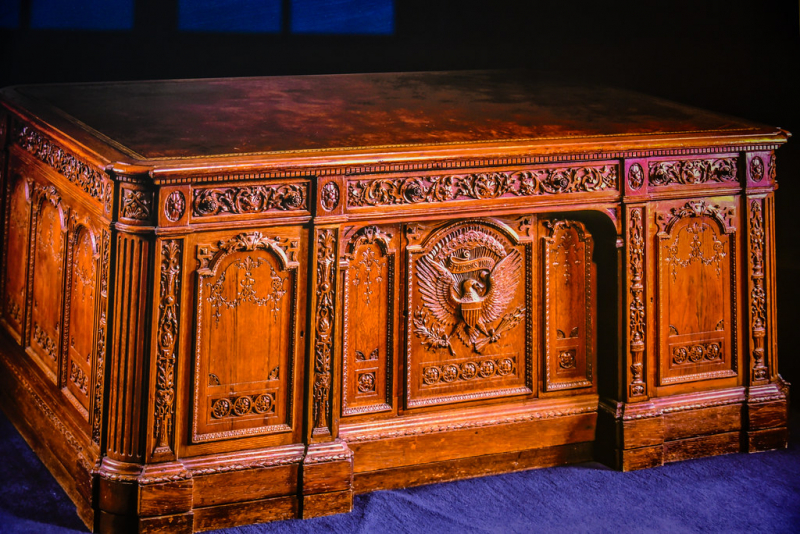
https://www.flickr.com 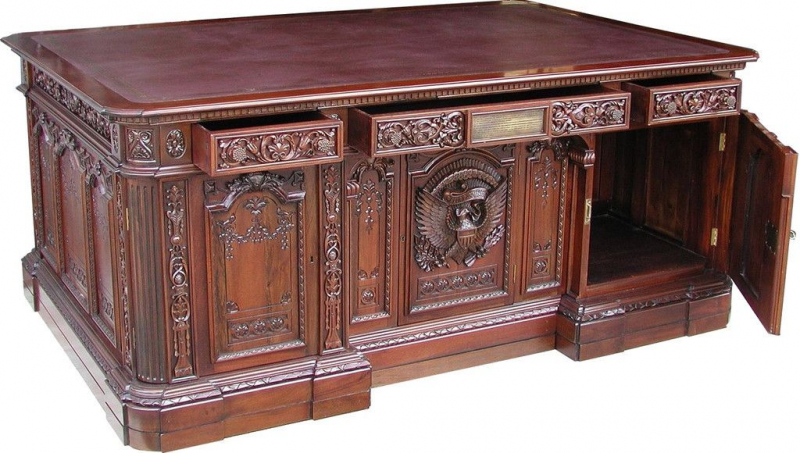
https://www.pinterest.co.uk/ -
The Statue of Liberty's gift from France to the United States was first planned in the 1860s with the goal of honoring America's centennial in 1876. A French judge and author named Edouard Rene Laboulaye suggested giving the statue to the United States as a gift in 1865. The monument had significant structural issues with both its copper coating and frame, so it wasn't raised in Paris until 1884. For a brief time, it towered over the city before being disassembled and transported to New York in almost 300 pieces aboard the frigate Isère. While the pedestal was being built, it was kept there.
France used a lottery and charitable events to raise money for the statue. Money for the pedestal was harder to come by in the US. It took Joseph Pulitzer and his New York World a lot of work to raise the money, with the help of cash from prize fights, charity events, and individual gifts. The statue finally started to rise on its plinth and face New York Harbor in 1886. A broken shackle beneath Liberty's foot in Frèdèric-Auguste Garibaldi's final sketch denotes the abolition of slavery in the United States. The Statue, which has a raised torch, was constructed on a frame created by Gustav Eiffel, who also built Paris's Eiffel Tower.
President Grover Cleveland presided over the ceremonies for the dedication of the Statue of Liberty, then known as the New Colossus, in October 1886, which was attended by representatives from France and the United States. Over the years, the statue has undergone numerous alterations and reconstructions, including the 1980s replacement of the majority of Garibaldi's torch with a replica. It is undoubtedly the most recognizable and possibly the most well-known of all presents given from one country to another.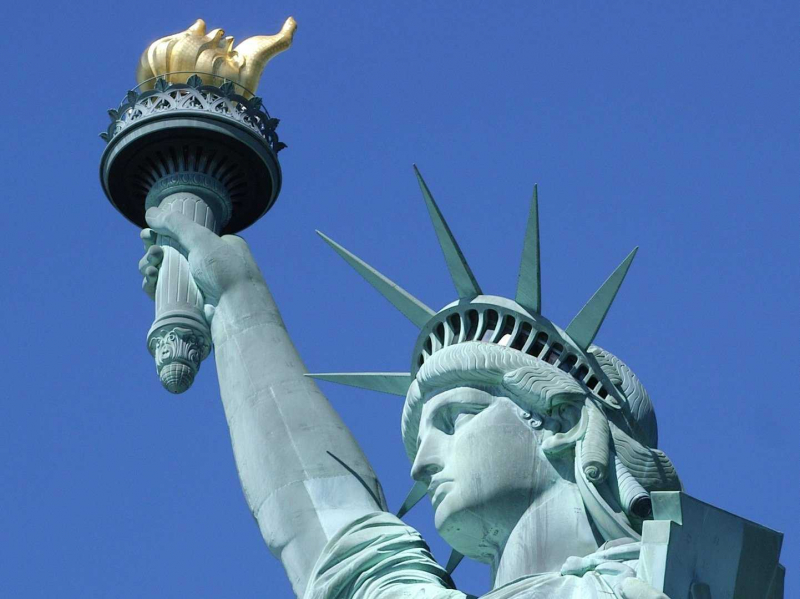
http://getsready.com/ 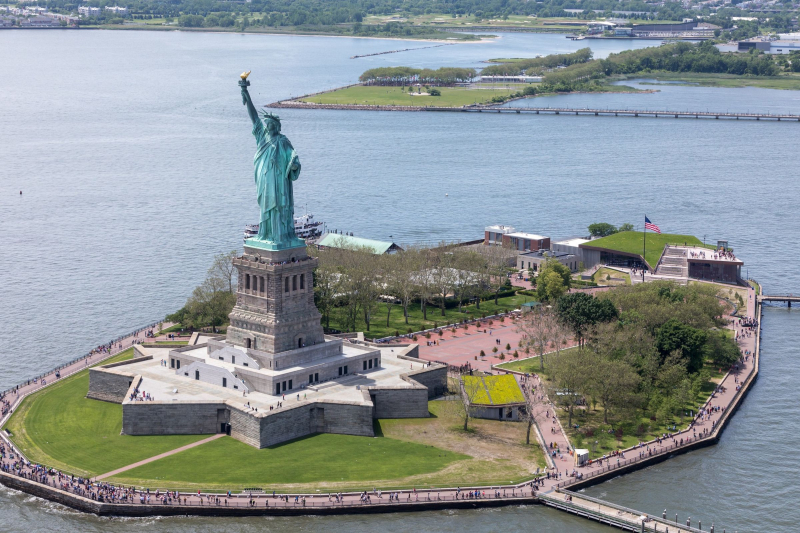
https://archello.com -
The treaty of amity between Morocco and the United States is the oldest American treaty still in force and the first country to recognize the independence of the United States. Two different Sultans gave lions to the United States in the 1830s, and in both cases, they were sent to the American embassy in Tangier. The American Consulate in Tangier requested instructions from Washington in both instances. In the first instance, two Arabian horses and a lion were gifts for President Andrew Jackson.
While Congress deliberated, the animals remained at the legation at Consul James Leib's expense. It was impossible to deliver the animals back to the Sultan. Finally, Congress approved a resolution ordering the sale of the animals, with the net revenues going to orphanages in Washington. Thomas Carr, Leib's replacement for the position, was informed of the gift of two matched lions and additional horses when he presented his credentials to the Sultan. Once more, the consul awaited instructions from Congress while informing them in writing of the excessive costs he incurred to feed the lions during this time.
Carr informed the Sultan that neither the President nor Congress could receive presents while he awaited the arrival of Congress. The Sultan's response—which Carr reported to Washington—was that the lions were gifts from the American people, and they must be accepted. The President is required by law to store gifts from foreign dignitaries and rulers at the Department of State or "dispose in such time and way as he shall see fit" of gifts that cannot be accommodated, according to a law that congress finally passed. As required by Congress, the lions were quietly sold when they arrived in America, and the proceeds were deposited in the Treasury.
https://www.xiart.nl/e 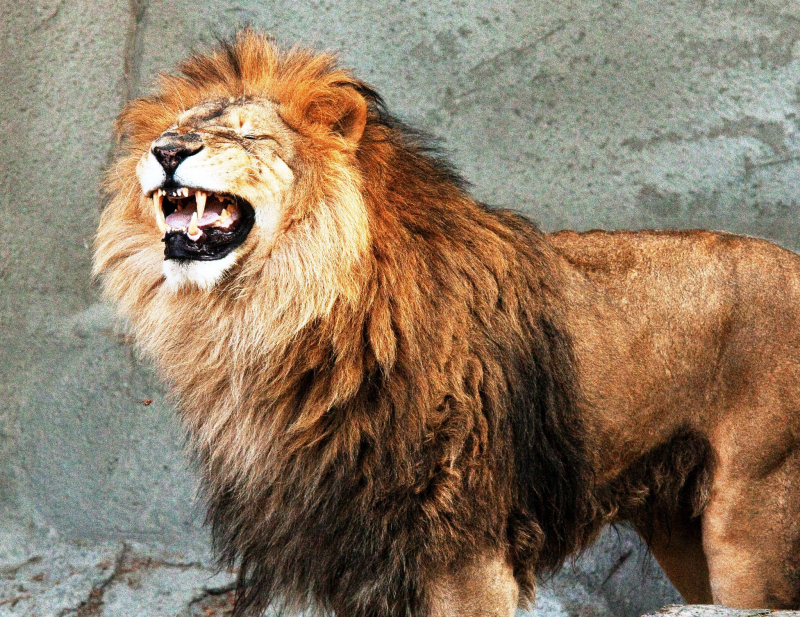
http://woodwardspine.com/












